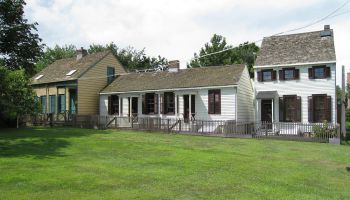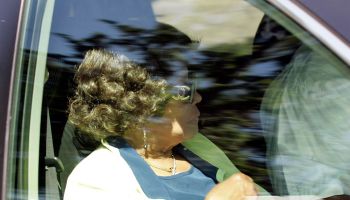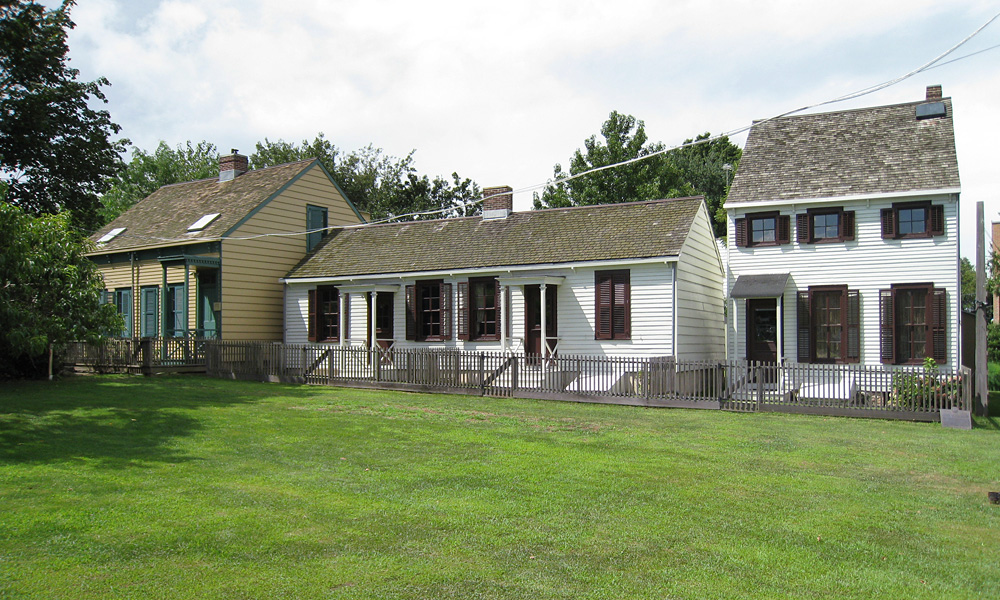
Source: Wiki Commons / Wiki
Many of our stories of Black Excellence are buried beneath the sands of time, never to truly be uncovered. But history leaves breadcrumbs, and if you follow them, you’re bound to find an amazing story.
Tucked away deep inside the history of one of New York City’s most famous boroughs is the extraordinary story of a little town called ‘Weeksville’.
When we think of slavery we don’t usually think of New York, but the state didn’t end the practice until 1827. In 1801, Kings County, which today is known as the borough of Brooklyn, was still primarily under Dutch rule. More than one-quarter of the inhabitants were Black slaves. Nearly 60% of households in Kings County were slave owners.
Slavery in Brooklyn was vastly different than the plantation-style slavery adopted by southern whites. It was more ingrained into the northern culture and economy. Families usually owned a smaller number of slaves and the slaves usually lived in the same house as their owners. Families who did not own slaves would regularly rent them from their neighbors.
Although slavery was on its way out in New York, it was a way of life for thousands of Blacks who called Brooklyn their home. By 1820 there were just 518 slaves in New York City and a thriving free Black population of over 10,000. But in Kings County, there were 879 slaves, almost the same amount as free Blacks in the county.
During The Panic of 1837 wealthy white landowners began liquidating their holdings in fear of losing money on their assets and properties. Smart and savvy free Black men saw this as an opportunity and began to buy plots of land from wealthy whites who would sell.
In 1837 The Abolitionist and Black community leader Henry C. Thompson purchased 32 lots from wealthy Brooklynite John Lefferts. The Lefferts family estate was comprised of most of what is now known as Bedford Stuyvesant and Crown Heights section of Brooklyn.
A year later, Thompson would begin to sell the lots to free Blacks in Brooklyn, selling two of the lots to James Weeks a longshoreman with a vision of a self-sufficient Black community hidden within the slopes and valleys of Bedford Hills, secluded from the rest of Brooklyn. The seclusion would not only keep the town’s residents safe from the white and dangerous world around them but would also grant them the freedoms to build a self-sufficient community with education at the forefront.
By The 1850s Weeksville was home to more than 550 free Black People. It was the second-largest free Black community in Antebellum America. The town had one of the highest property and business ownership rates for any Black community in the country.
Weeksville was steeped in Black American history. The town’s school, Colored School No. 2, would eventually become PS 68, which after the Civil War would become the first integrated school in America. Weeksville was also home to the nation’s first Black newspaper the ‘Freedman’s Torchlight.
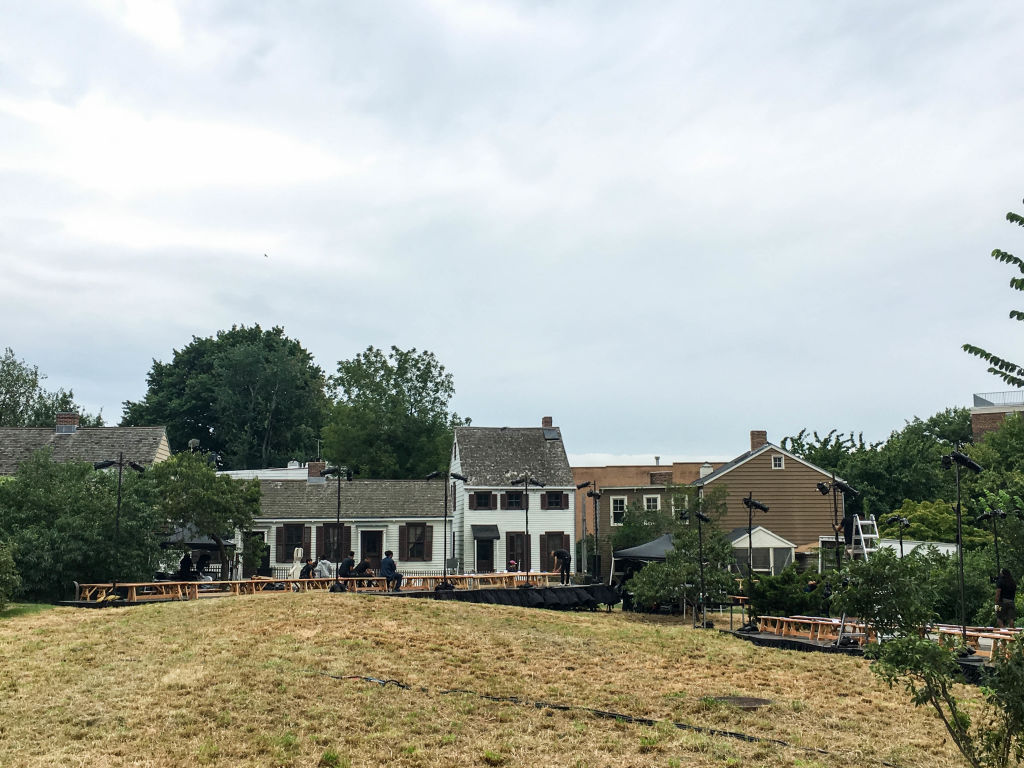
Source: The Washington Post / Getty
Susan Smith McKinney Steward, the first Black female doctor in the state of New York was a resident of Weeksville. Her sister, Sarah Smith Tompkins Garnet was Brooklyn’s first female school principal. Sarah Smith would also found the Equal Suffrage League of Brooklyn, the first suffrage organization for Black women in the nation’s history.
Along with economic prosperity, Weeksville also brought political opportunities for Blacks who had been strategically kept out of the process. In 1821 there was a $250 property requirement for Black men to vote. Establishing land in Weeksville gave Black men the opportunity to vote in elections they hadn’t been privy to in the past.
The community thrived and continued to grow throughout the 19th century, but Brooklyn was growing and would soon swallow Weeksville whole. By the 1880s, Weeksville was secluded no more and the Eastern Parkway was built leaving residents not much choice but to leave. By the 20th century, the town was nothing more than a memory.
But history has its breadcrumbs and if you take the time to follow them you can create a way to keep that history alive forever. In 1968, Pratt researchers found remnants of the lost city while flying over Brooklyn in an airplane. They located four homes on Hunterfly Road, which were the only homes left from the original town of Weeksville. In 1970, the Hunterfly Road Houses were designated New York City Landmarks and in 1971, all four houses were added to the National Register of Historic Places.
In 2005 The Weeksville Heritage Center was created, which offers tours of the homes, as well as public programs and exhibits to learn more about the history of Weeksville.
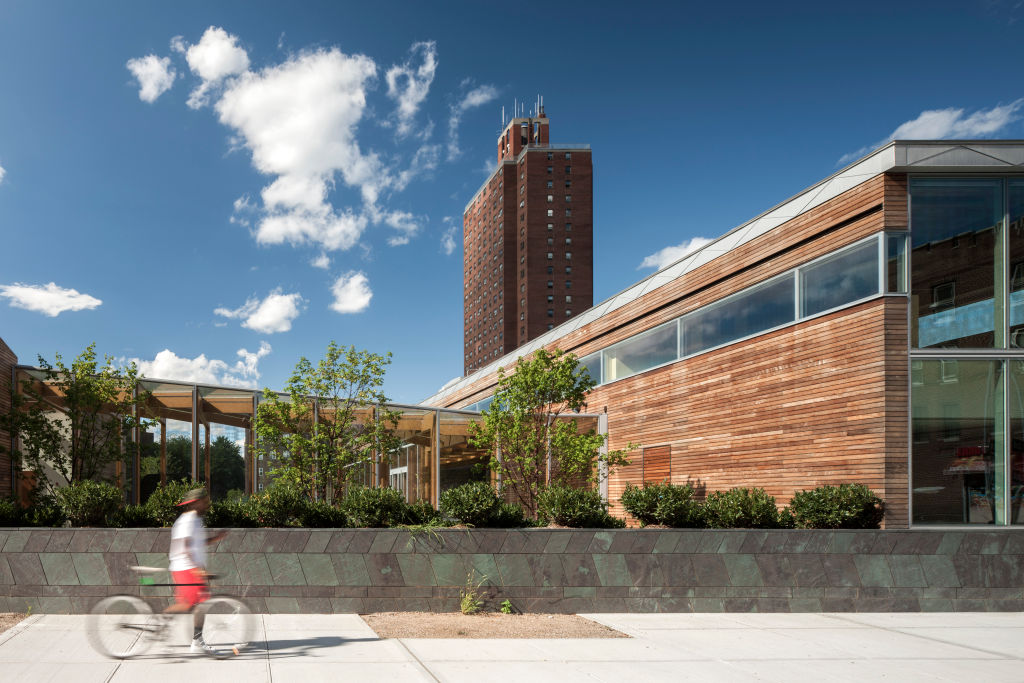
Source: View Pictures / Getty
Thankfully, what was left of this pioneering small town will be preserved so that futures generations can see that Black Excellence is sprinkled all over American history.
SEE ASLO:
The Antebellum Tale Of Black Slave Girl Molly And The Haunting Of Sorrel-Weed House
The Haunting Of Lake Lanier And The Black City Buried Underneath
Brooklyn’s Lost Black City Of Weeksville: A Hidden Gem Of Pre-Civil War Black Excellence was originally published on newsone.com








